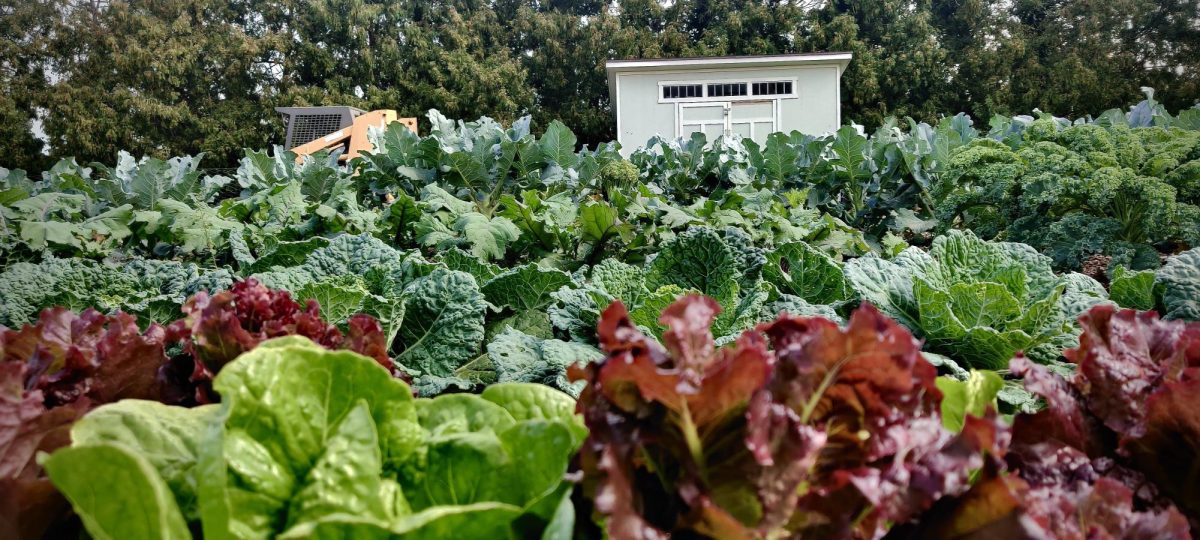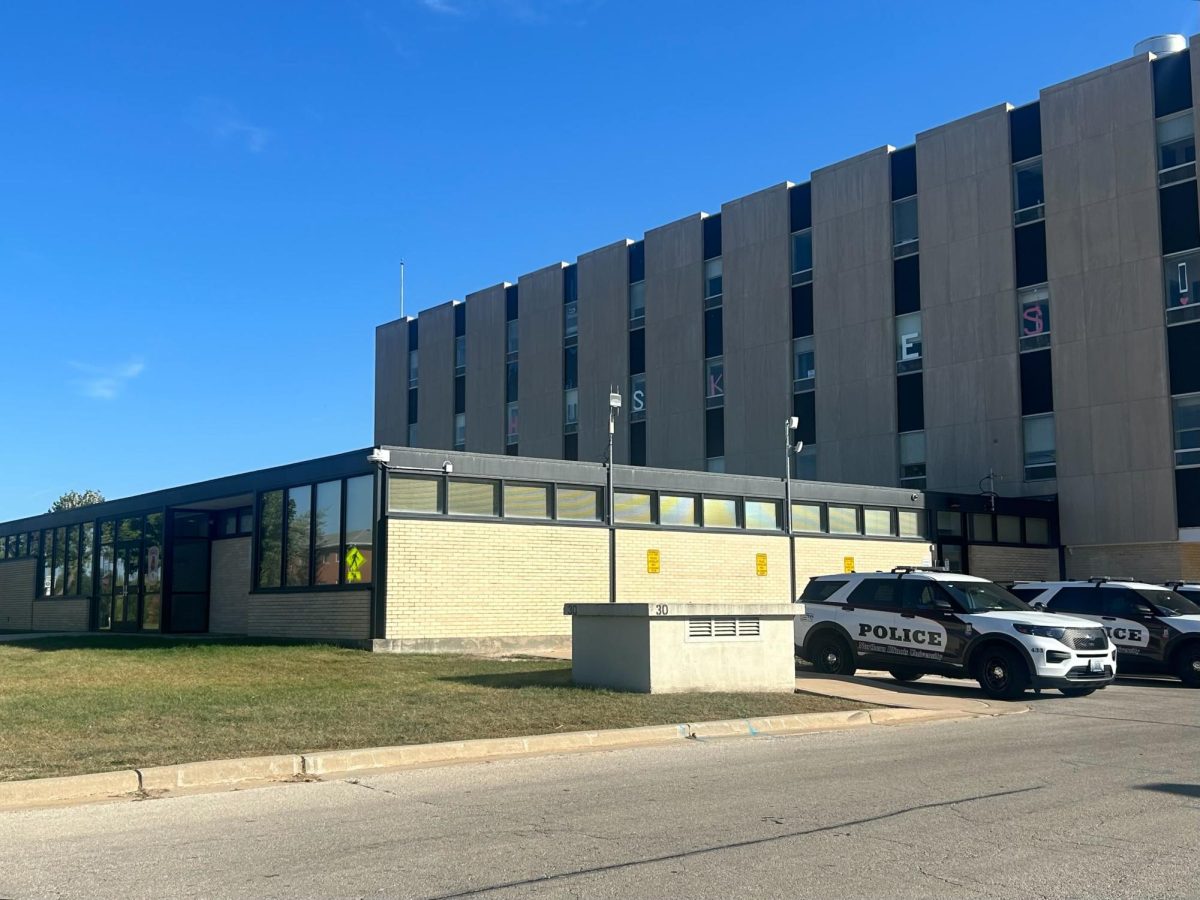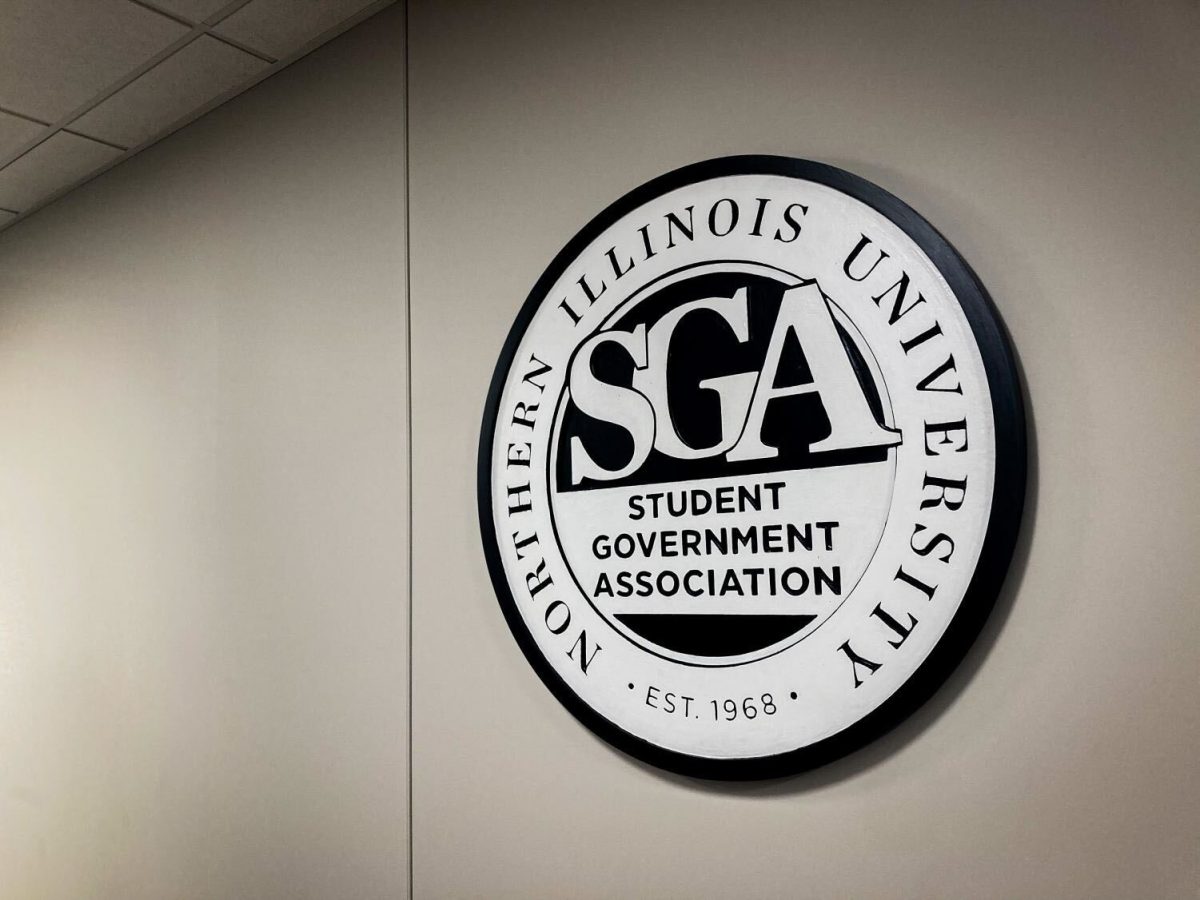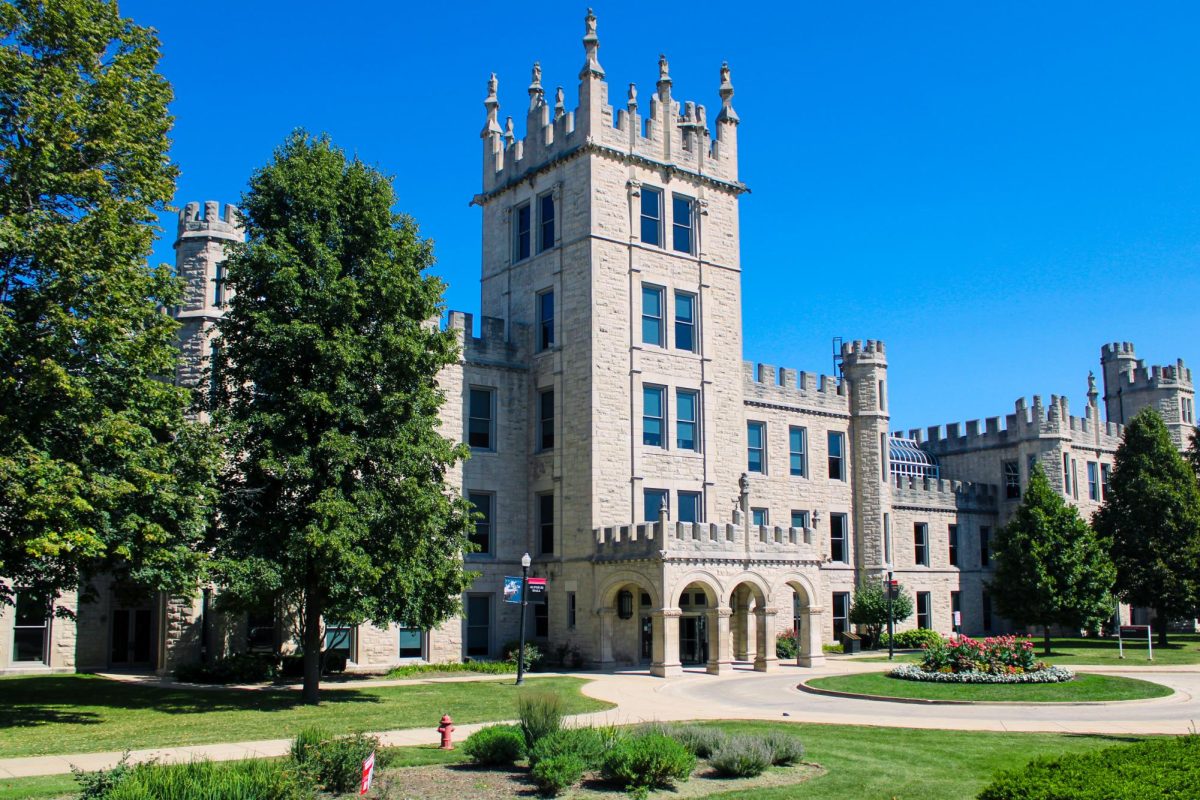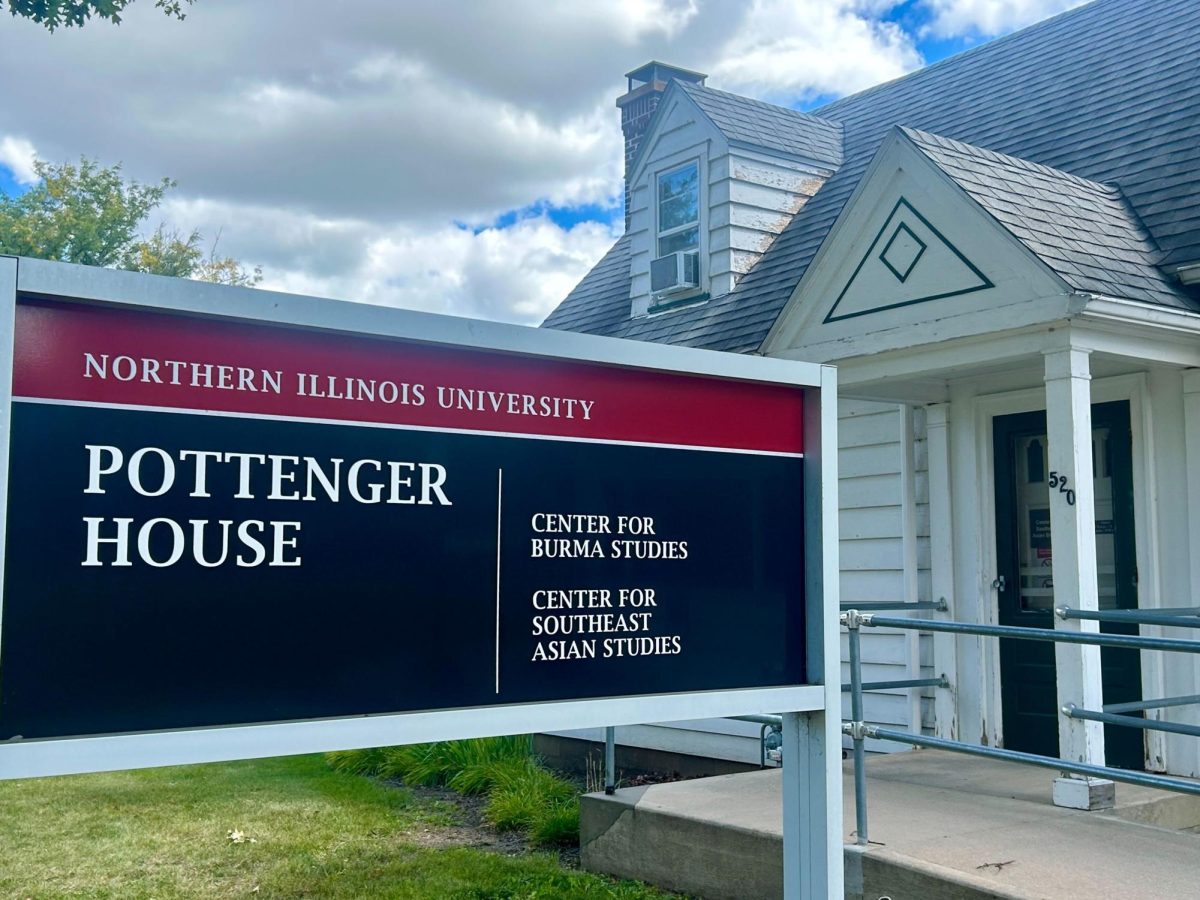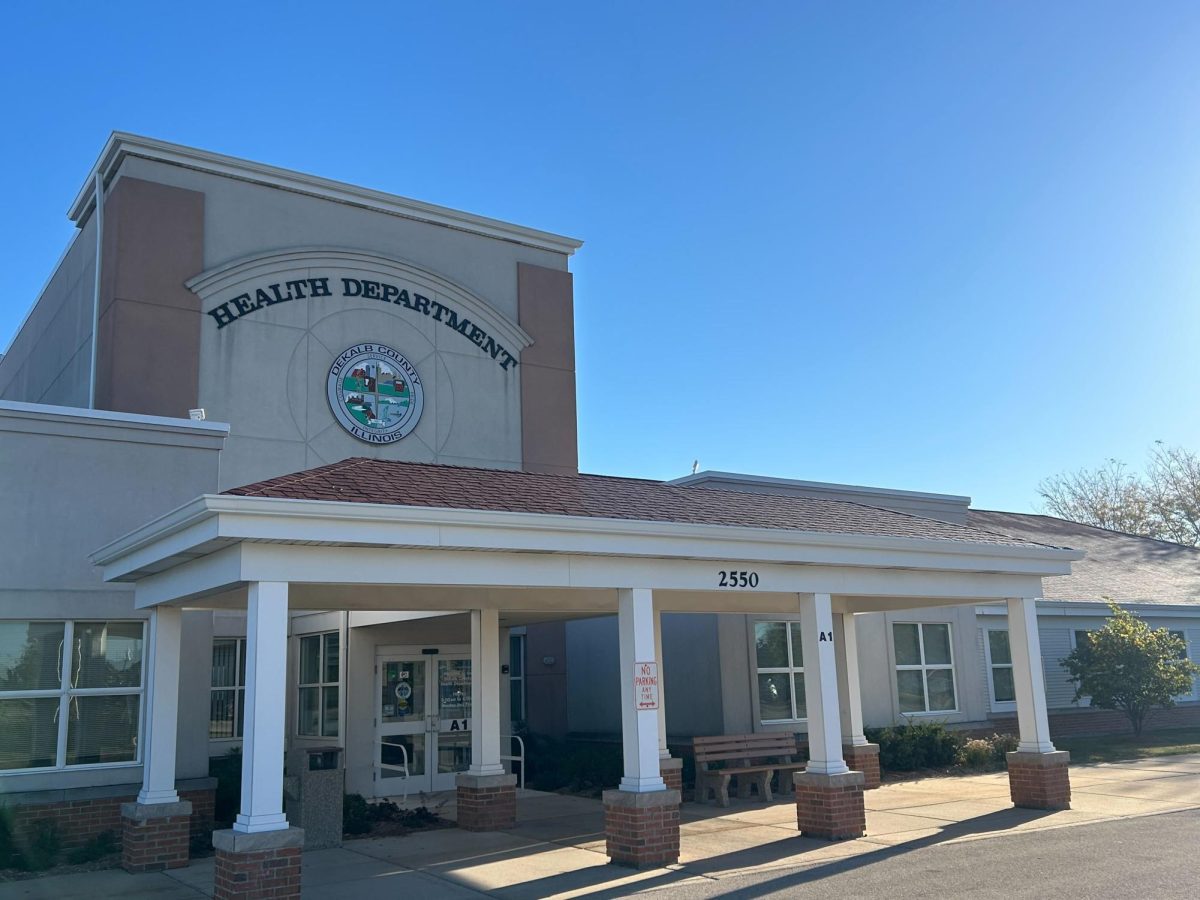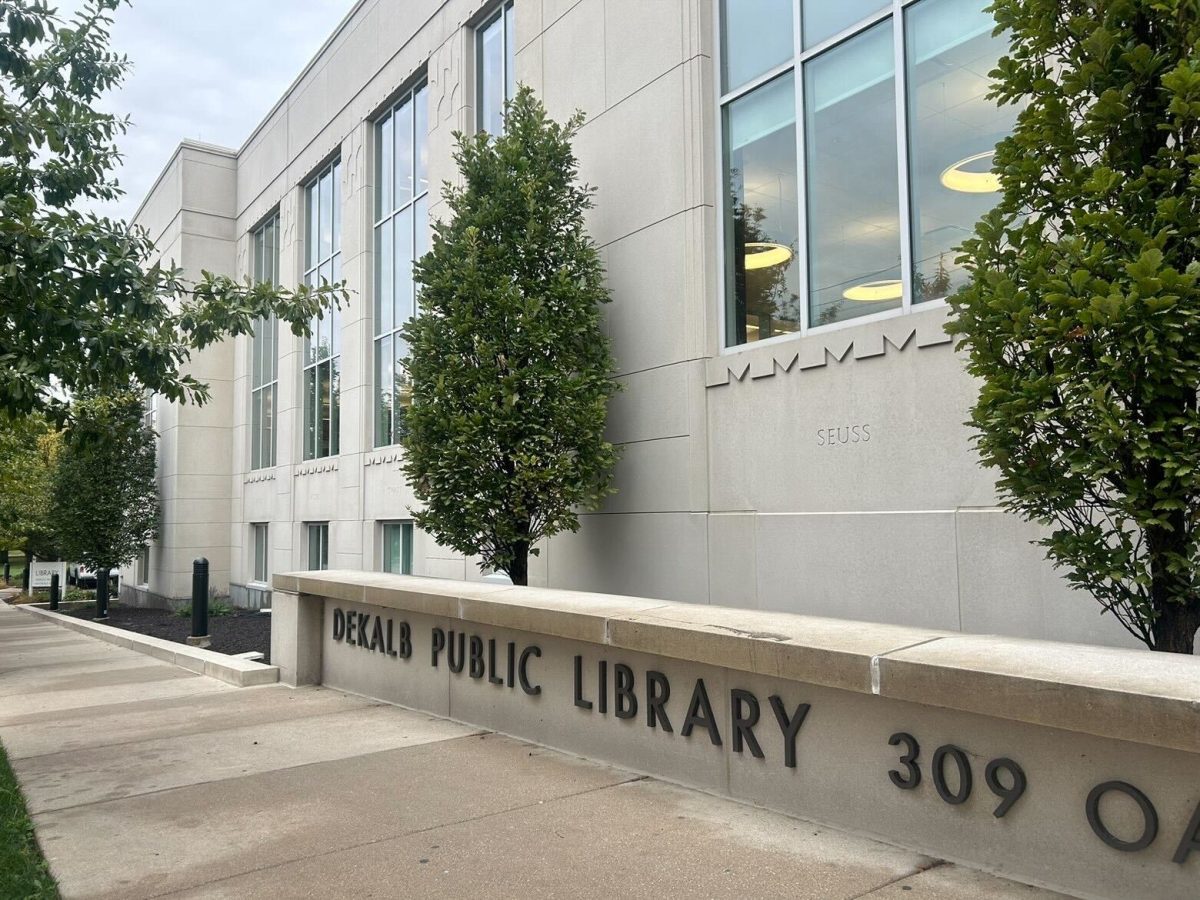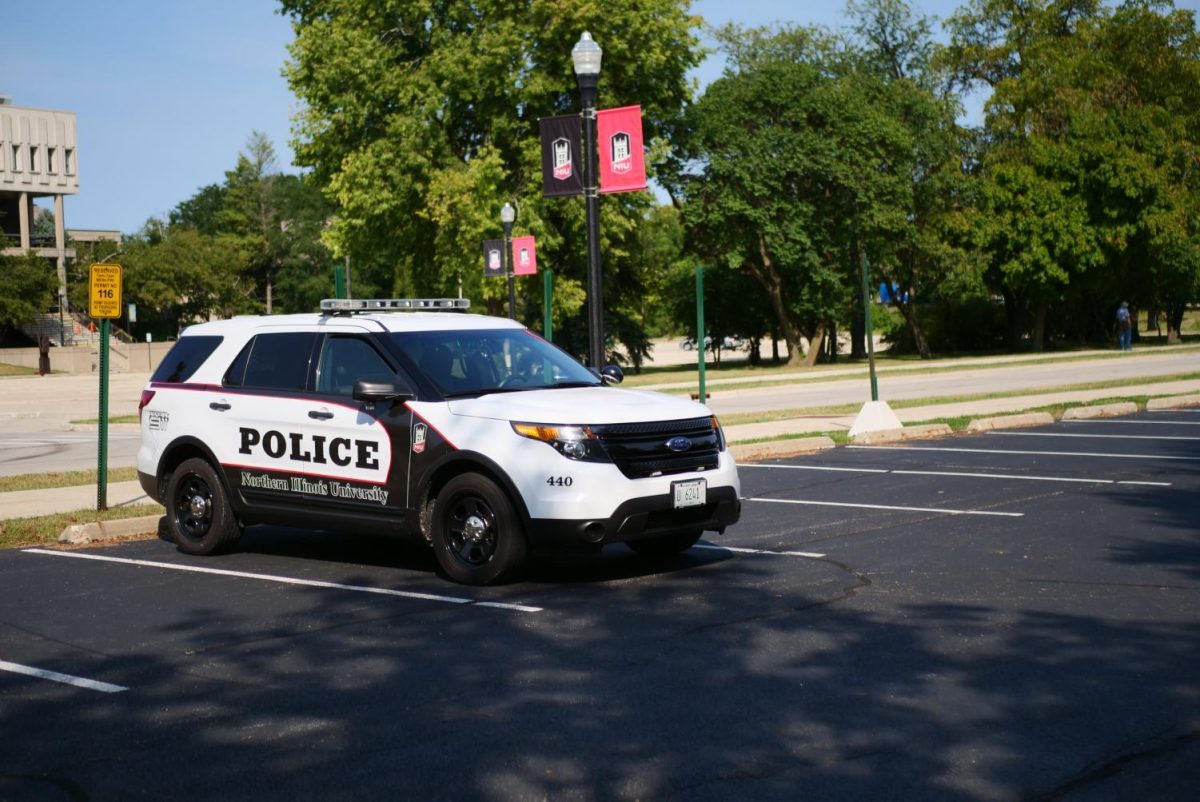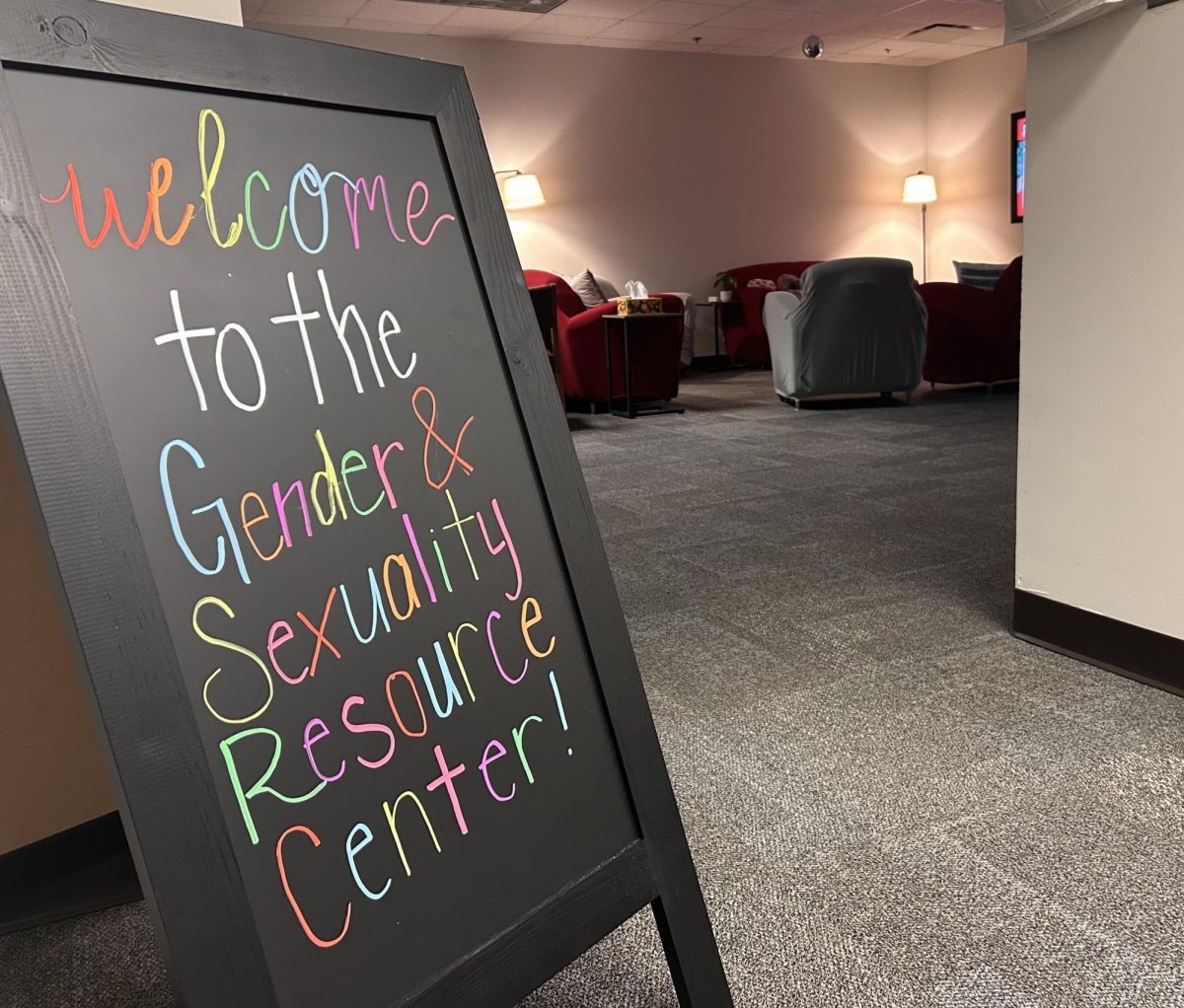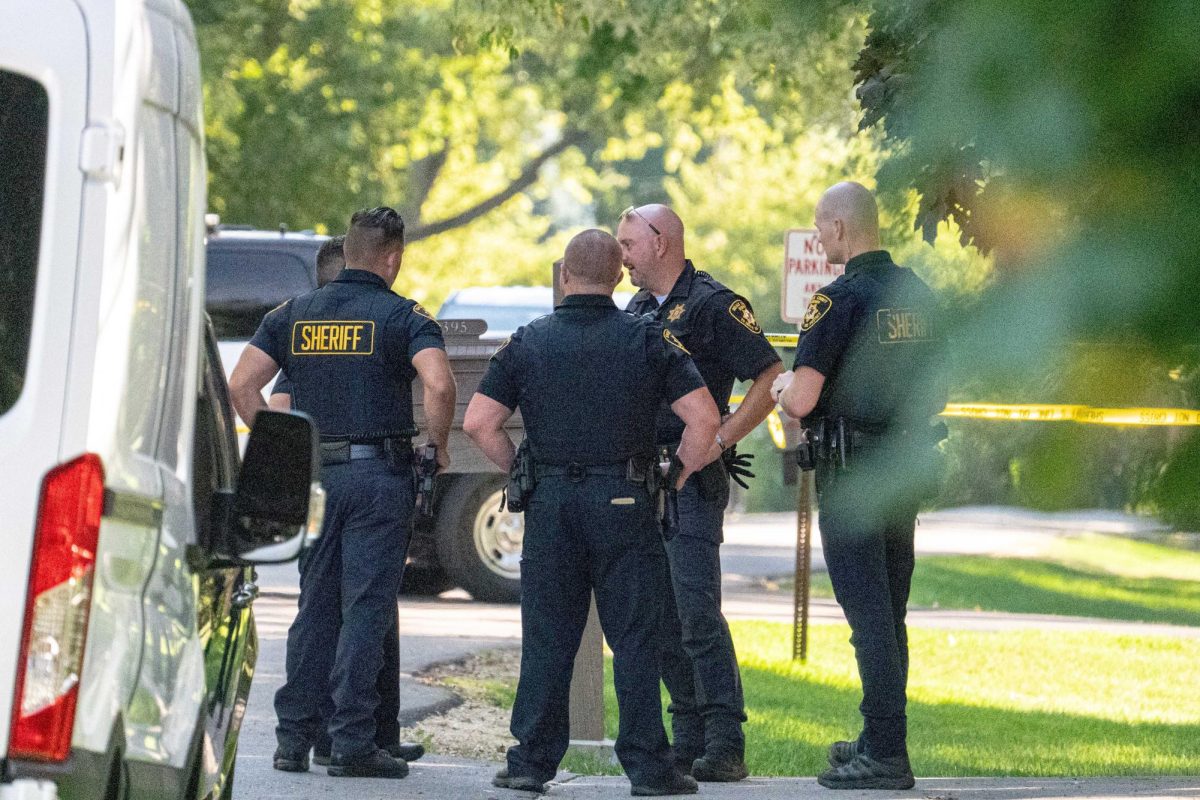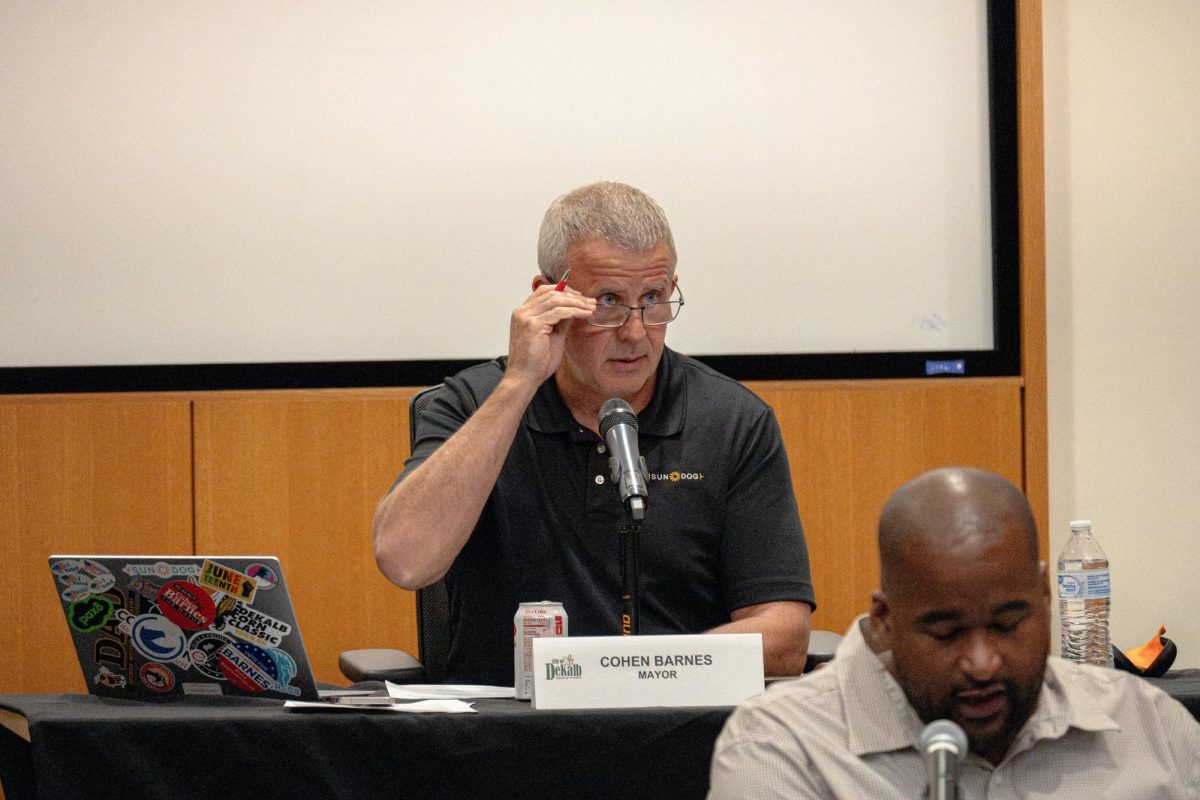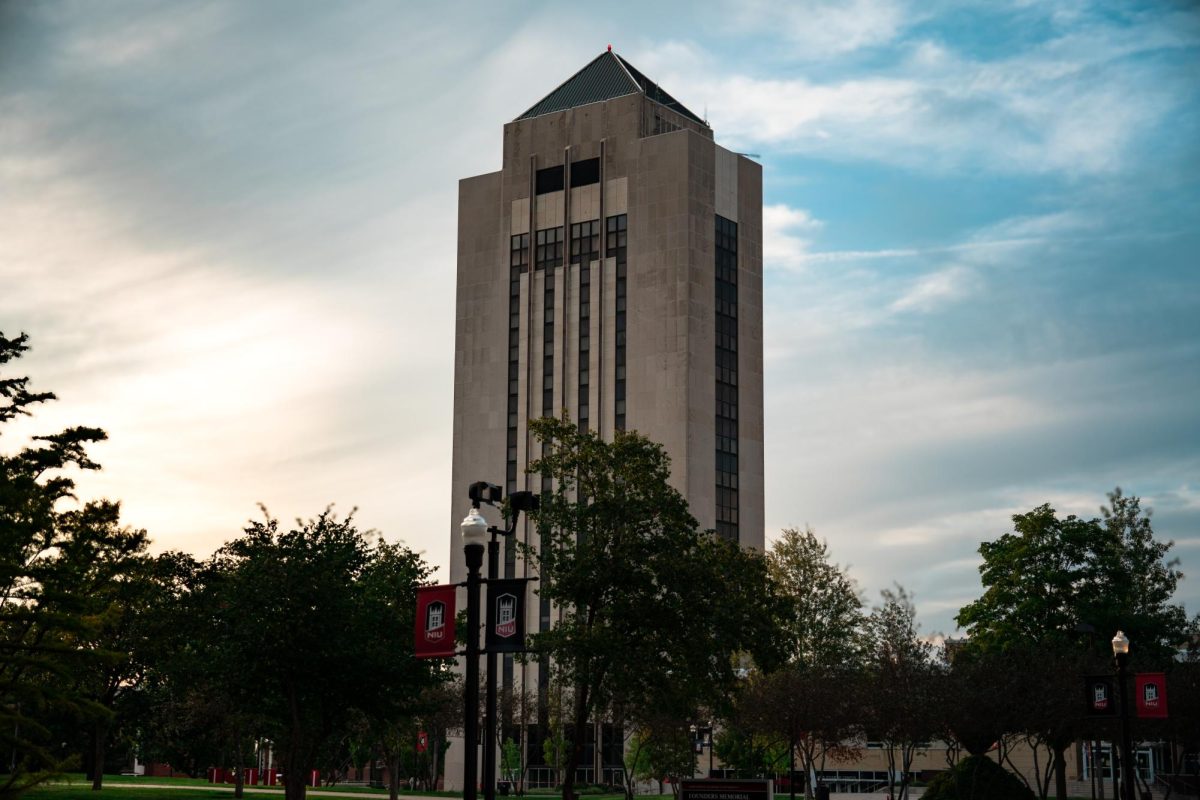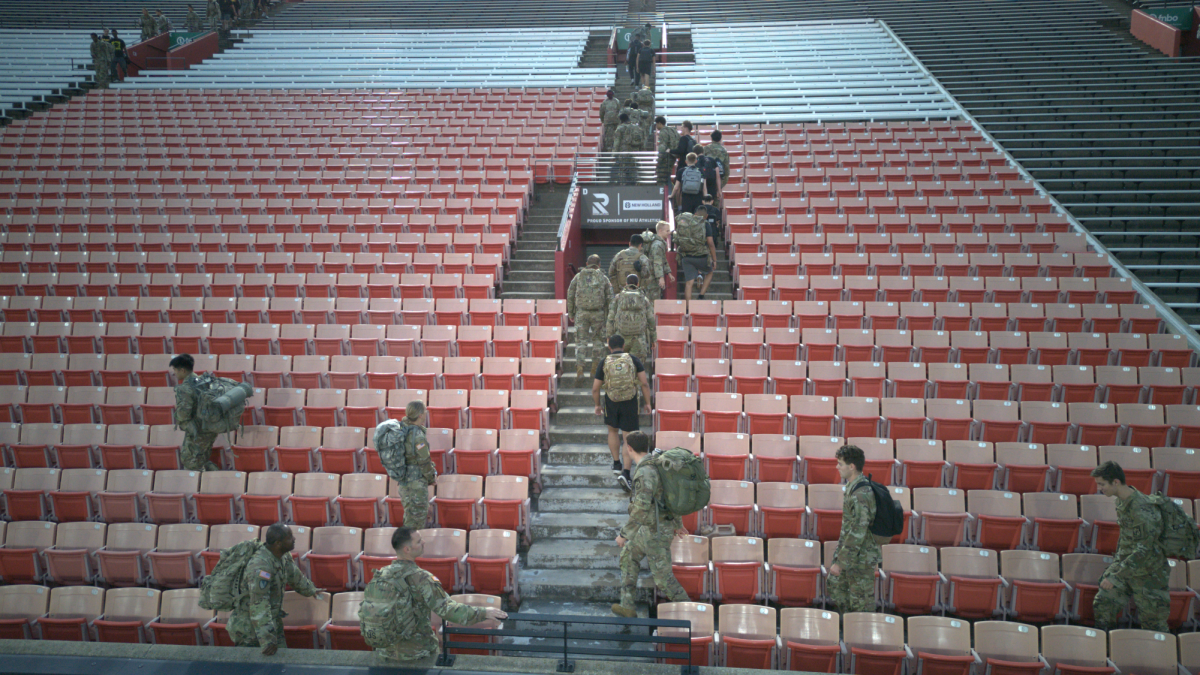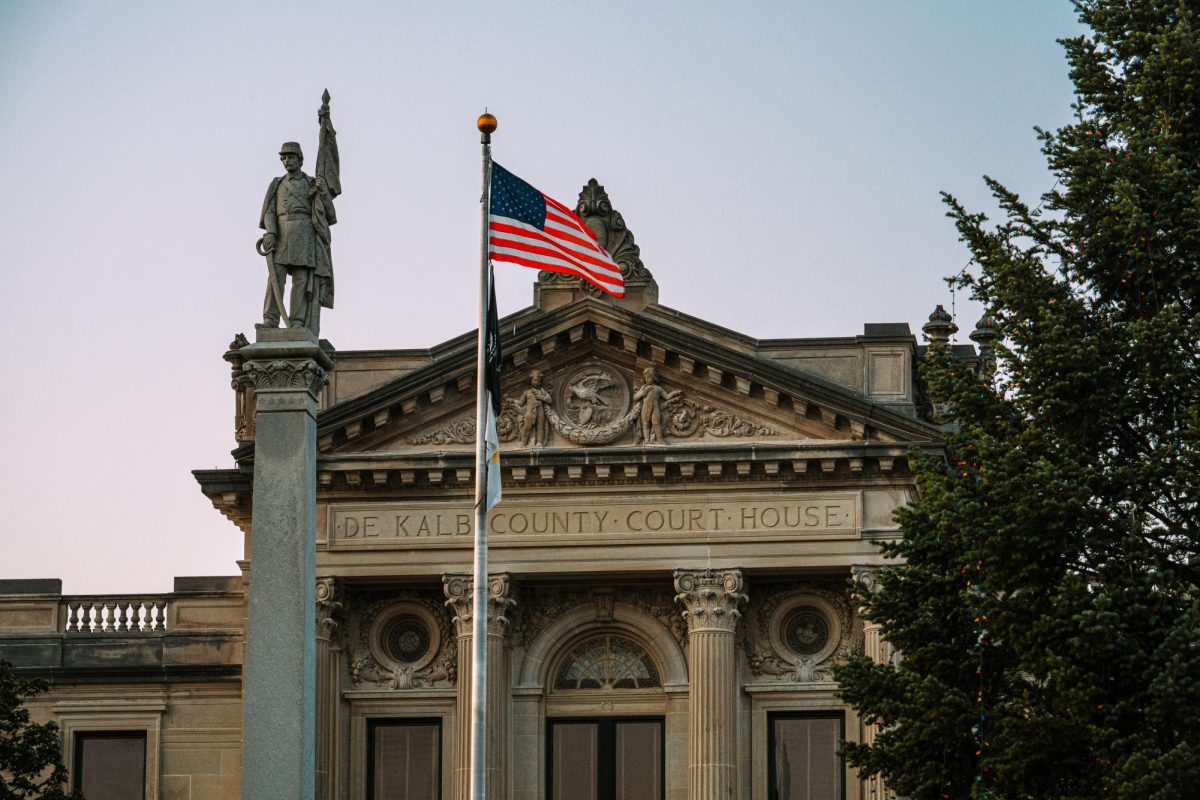DeKALB – NIU has proposed a sustainability plan to do its part in the efforts to slow the effects of climate change.
In 2022, NIU President Lisa Freeman signed the Second Nature President’s Climate Leadership Carbon Commitment. The commitment is a collective resolution from national college and university presidents to reduce campus greenhouse gas emissions and achieve carbon neutrality as soon as possible.
NIU’s sustainability and climate action plan outlines recommended goals and actions in campus initiatives which relate to energy, food and dining, grounds, purchasing, recycling, waste and transportation.
The sustainability plan is drafted with goals for each initiative and action items for each goal. Action items include planning steps for funding and development of plans, data collection and steps to complete each goal based on collected data and recommended solutions.
According to the report, in 2019 and 2020, NIU conducted a greenhouse gas inventory. The inventory measured the amount of carbon dioxide emitted by university activities. The largest source of CO2 emissions in both years was emissions from buildings as a result of electricity and gas usage.
NIU emitted a total of 80,671 and 72,267 metric tons of CO2e as a result of energy usage in 2019 and 2020, respectively. CO2e is a metric used to compare the effects of different gases in terms of the amount of carbon dioxide that would produce the same impact. This allows a standardized way to compare the effects of more than one gas in a simple way.
One of the plan’s recommendations is for the university to decarbonize buildings by developing a “building automation system master plan.” Building automation is a type of centralized energy management system.
The objective of building automation is to increase efficiency and minimize the energy consumption of buildings.
The building decarbonization plan recommends steps in three parts.
First, the plan recommends finding a way to fund and pay expenses to hire a consulting company to develop a master plan.
Second, the plan recommends that the university makes the changes that are put forward with a goal of reducing emissions by 50% by 2030.
Energy meters are used to measure the amount of energy buildings use. The meters measure the amount of energy used over a specific amount of time. Metering refers to the process of tracking energy use. Sub-metering refers to the installation of individual meters.
The third part of the building automation plan recommends the university implement a sub-metering plan. Currently, many buildings on campus are metered in groups. Sub-metering would allow the University to track how much energy is being used by each building.
Courtney Gallaher is the campus sustainability coordinator and an associate professor in the department of earth, atmosphere and environment.
Gallaher said implementing sub-metering would allow the university to track energy data more accurately.
“Many of our buildings are not metered in a way that allows us to track progress on energy savings goals, water conservation goals, any of that,” Gallaher said. “So for us to know that, for example, we switched out all of the lights to be LED, and it had this impact on our electrical savings, we would need to have metered DuSable.”
Parts of the plan are already being implemented.
The Edible Campus initiative puts hyper-locally grown produce into campus dining halls. Hyper-locally grown produce refers to produce that is grown in the immediate surrounding area of where it is eaten.
Gallaher said that the Edible Campus program provides opportunities for students to see sustainability initiatives in action.
“To be able to demonstrate to students who are working in the gardens and who are working in the urban farm that is being established by Anderson Hall that there are these alternate modes of food production that don’t rely on intensive chemical inputs the way that our current agricultural systems do,” Gallaher said. “Things like pesticides, herbicides, synthetic fertilizers, all of those run off into our water systems and have detrimental impacts on the environment.”
Gallaher said purchasing food from large food distribution companies often means the food has traveled further and was grown in ways that are harmful to the environment.
“Our dining hall currently just purchases food from a large food distribution company that is buying conventionally grown food,” Gallaher said. “So it’s embedded in those industrial agricultural systems that are reliant on heavy chemical inputs, heavy mechanization and to be able to say this was locally grown, you didn’t have all of these inputs. There’s some significant environmental benefits that come along with that.”
The Edible Campus initiative allows students to pick food that is grown on campus from pick beds that are next to the Founders Memorial Library. Pick beds are raised beds that are used for growing crops such as vegetables.
The draft was created in collaboration with a sustainability and climate action planning task force which consists of faculty, staff and students.
Alyssa Edwards is a graduate student at NIU and part of the sustainability task force. Edwards said she was inspired to be involved in the effort because she never attended a university with a plan like it.
“It’s not just recycling, it’s not just saving water, it’s so evolved, and I was really excited to be able to be a part of all of these different categories and work with all these different professionals,” Edwards said.
Edwards said she hopes the plan’s impact snowballs to other universities and that students see that steps are being taken on campus to address climate issues.
“I want it to serve as an inspiration for other universities and an inspiration for our students to just see that we’re taking this seriously,” Edwards said.
Edwards noted the importance of the collaborative nature of the plan.
“On the task force, we have people who are engineers on campus, we have professors, we have students, we have just regular professionals that work with the university,” Edwards said. “It was very collaborative, and it’s going to continue to be collaborative.
One of Edwards’ goals is for students to see the collaboration happening and become motivated to join the efforts of the sustainability task force.
“It would be really great for students to see that and then want to collaborate with us,” Edwards said. “I think that all of campus can benefit from just working together, and that’s how this plan is gonna get off the ground.”
Part of the plan that may be seen soon is the addition of renewable energy sources around campus.
“I’m very hopeful that, in the next year or two, we might start to see solar panels go up in different parts of campus, and then we may end up purchasing additional renewable energy from off-site sources,” Gallaher said.
The plan includes changes that students would not be able to see such as changes to boiler systems, as well as visible changes as a result of restoration projects.
“We have a number of restoration projects we’re hoping to tackle,” Gallaher said. “We’re hoping the look of campus starts to shift a bit in a way that is nice for everybody.”
The 100-page plan includes various recommendations such as improvements to the Huskie Bus Line and possible micro-mobility solutions such as electric scooters for students to travel across campus to reduce travel-related carbon footprint.
Gallaher said the plan was made to be a living document with the intention of engaging students and incorporating their feedback.
“This plan is for everybody but mostly for our students. It’s a response to the future that all of our students are going to live in,” Gallaher said. “We are really excited to engage students in the implementation process.”
The plan is currently in draft form. The task force plans to release a formal version of the plan in the late fall or spring semester.
Students who want to know more about the plan can visit the NIU sustainability website or email Courtney Gallaher at [email protected].


